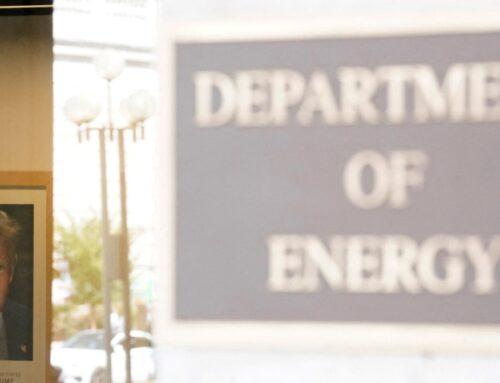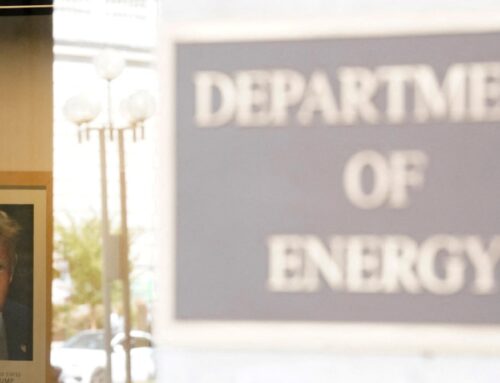Ethereum (ETH) Closes Q3 2025 with 66.55% Gain, its Best Q3 to Date
October 7, 2025
Ethereum (ETH), the world’s largest smart contract platform and the second-largest cryptocurrency in terms of market cap and overall adoption, has come back into the spotlight, closing the third quarter of 2025 with a 66.55% gain, marking its strongest Q3 performance since 2016.
According to data from Coinglass, this surge outpaced Bitcoin’s relatively modest 6.3% quarterly rise, pushing ETH’s price to stabilize above $4,000 and peak near $5,000. This has come after ETH price had dropped below the $2,000 mark but a change in narrative, relatively successful upgrades, and growing institutional interest have been responsible for this latest rally.
The price surge reflects heightened network activity, including DeFi protocols with over $88 billion in total value locked and expanded on-chain trading volumes exceeding $25 billion by late September. In addition to a growing decentralized finance ecosystem, traditional financial institutions have been looking to tokenize various financial assets, and Ethereum is preferred over other chains to do this.
And despite a minor 5.73% dip in September, this quarter’s rebound underscores Ethereum’s resilience amid broader market corrections and positions it for potential year-end highs.
Fueling this momentum are steady inflows into Ethereum spot ETFs, which have become a sort of cornerstone of institutional adoption.
In August 2025, these ETFs brought in nearly $4 billion in net inflows, contrasting with outflows from Bitcoin ETFs.
Notably, cumulative inflows have surpassed $10 billion, with BlackRock‘s ETHA leading at nearly $640 million in a single day earlier in the year.
These funds, now managing assets worth over $25 billion, provide regulated exposure to ETH without direct custody hassles, signaling growing confidence from traditional finance.
Analysts note that such capital influxes reduce liquid supply and amplify price stability, especially as ETH’s staking yields hover around 3-4%.
Parallel to ETF enthusiasm, a wave of emerging digital assets treasury companies is stacking ETH as a core reserve asset, mirroring Bitcoin’s corporate treasury trend but with added yield potential via staking.
Firms like Bit Digital have pivoted entirely to Ethereum, amassing over 100,000 ETH after raising $172 million through public offerings.
SharpLink Gaming, under new strategic guidance, holds around 188,000 ETH and stakes it for yields, while rebranded entities like ETHZilla focus on ETH-centric models.
These DATs (Digital Asset Treasury Companies) leverage Ethereum’s programmable nature for DeFi integration, reducing costs and generating returns that traditional treasuries can’t match.
Publicly traded holders now control significant ETH portions, tightening supply and boosting ecosystem security through validator participation.
Looking ahead to the next year, planned Ethereum network upgrades aim for further scalability and efficiency.
The Fusaka hard fork, targeted for November 2025, bundles 11 Ethereum Improvement Proposals (EIPs), including PeerDAS for enhanced data availability sampling—potentially slashing Layer-2 costs by allowing validators to process partial data blobs.
This could expand blob capacity eightfold, supporting higher throughput and lower fees amid rising demand.
Following the earlier Pectra upgrade in May, which improved validator deposits and wallet functionality, Fusaka aligns with Ethereum’s “Surge” phase for mass adoption.
Developers aim for a 10-100x Layer-1 gas limit increase, potentially fostering more seamless cross-L2 interoperability and quantum-resistant features in the long-term “Lean Ethereum” vision.
At the helm of Ethereum’s evolution are key figures like Joe Lubin and Vitalik Buterin.
Lubin, Ethereum co-founder and ConsenSys CEO, has amplified ETH’s corporate appeal by chairing SharpLink Gaming’s board, guiding its treasury pivot and advocating for staking as a yield-bearing strategy.
His vision positions Ethereum as a foundational economic layer, blending DeFi with real-world applications.
Buterin, meanwhile, outlined the latest roadmap at EDCON 2025, emphasizing short-term L1 boosts, ZK-EVM advancements for privacy, and a “Lean Ethereum” for post-quantum security and simplified cryptography.
These updates seemingly aim to prioritize decentralization, verifiability on low-power devices, and resilience against emerging threats, hopefully ensuring Ethereum’s edge over competitors such as Solana (SOL).
Ethereum’s solid Q3 performance, bolstered by institutional inflows, treasury innovations, and technical upgrades, indicates that its ecosystem is gradually maturing and arguably becoming more resilient.
As Ethereum developers focus on scalability and security, ETH seemingly stands poised for broader integration into global finance, potentially eclipsing past highs in a decentralized economy.
Investors eye October’s rate cuts and ETF momentum for continued upside, though volatility remains a challenge at times in the crypto markets.
Search
RECENT PRESS RELEASES
Related Post



